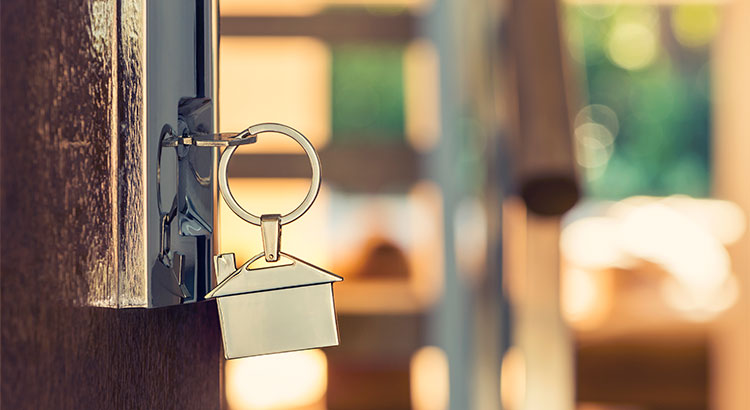Buying a home is like searching for a mate. You'll go on many first dates and in the end, the one that has most, but maybe not all of the characteristics that you want, will win your heart.
However, first-time buyers and sometimes even serial homebuyers are disappointed by how long the process takes. Yet they may not understand how their expectations, beliefs, and lack of action may be causing the delay in finding the right home.
Here are five pitfalls that buyers can fall into that cause them to let the right home slip by.
Seeing a home "as-is". I don't mean that buyers should not view homes on the market that are listed for sale "as-is"; rather I mean not being able to see beyond the "as-is" home. In other words, some buyers walk into a home and are immediately turned off by something as simple as the color of paint which can be easily changed, or maybe it's the carpet or wallpaper. Regardless, when buyers see the home "as-is" without the ability to envision it differently, they do themselves a huge disservice and fall into a pitfall of thinking that the home is not right simply because of the condition they are currently seeing it in.
Not working with an expert agent. Buyers can weed through the paper and click around the Web looking for open houses and listings but a quality agent can help identify the best-suited properties much faster. An expert agent also often knows about other listings that are about to come on the market and would not be in the paper or on the Web yet. It's worth it to spend time interviewing agents to find the right one who can help you find the right home. If you fall into the pitfall of trying to do everything on your own, you're likely going to miss seeing some of the houses that might offer the best match for your wants and needs.
Letting the important things slide. We've all done this when making an expensive purchase. We compromise on something that is important simply because it's less expensive. Later we regret it. Whether it's a new car, new house, or flat screen TV, when you're making large purchases, you need to know which things are important and non-negotiable and then stick to that list. Of course, there may be some small, less important things that you'll compromise on, but if you compromise on something big that is important to you, you're likely going to be disappointed down the road.
There is a reason you were searching for a three-bedroom home. So, for instance, when you fall in love with that quaint, cozy two-bedroom home, remember that you had specific reasons for needing an additional bedroom. If you've clearly defined your living needs and wants before you begin house hunting, you'll have guidelines to keep you on track.
You might find that the smaller home has a secondary unit on the property and, while it's not a third bedroom, it will suit your needs. So, yes, be flexible and think of the possibilities, but do remember your list of what you originally deemed important. The tendency is to get caught up in the moment, either because a home is so charming or because it appears to be such a good deal that you start to say, "Well, I can make-do without that." Maybe you can...but you'd better be certain before you close escrow.
Living strictly in the moment. Most of the time I write about practicing living in the moment because so many of us lead hectic lives. But when you're buying a home, you'd better be thinking about the future. What's good for you today will likely need to be good for you for many years to come. So, do your homework to find the right home. Work with your agent to find out how the neighborhood is changing. What future plans are there for the community? Pay attention to the congestion of an area and to the types of retail shops and restaurants that are coming into the community...then compare that to your future plans. You can't always know what lies ahead but many times you can see what types of projects have been proposed for undeveloped land in the area.
Skipping an inspection. I've written a lot about this one. Inspections are critical. They're the equivalent of taking a car you want to buy to your car repair shop for a look before you buy. Just like you don't want to end up with a lemon for a car, you don't want a home that has too many and too costly repairs needed. Inspections give you a "health" check of the home. They let you know what you're in for should you buy the home. You'll be glad you have a report to help validate your reasons for wanting to purchase this home over others.
Avoiding these pitfalls will help you more quickly find the right home and the right investment for your future.
Source: RealtyTimes | Realty Times Staff 110217







